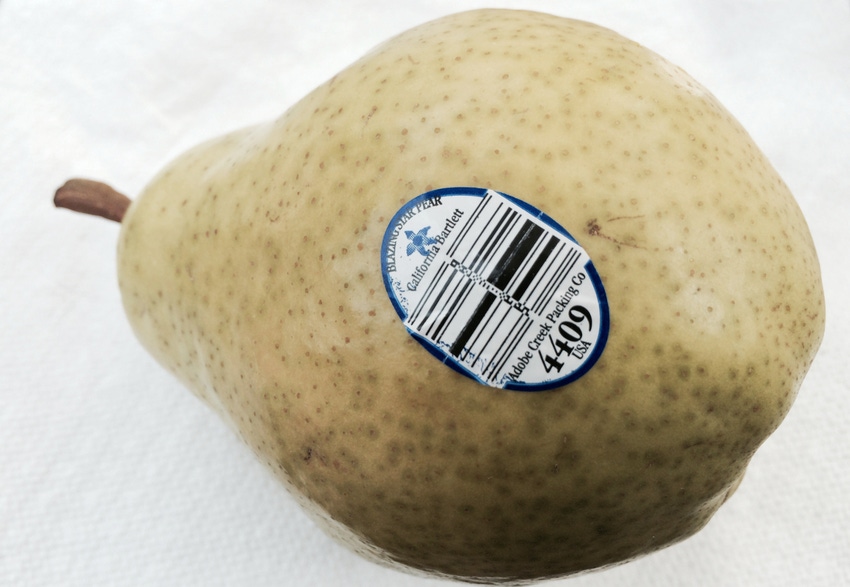3 tips on meeting FDA regulations for adhesives used in food packaging
September 22, 2015

The United States Food and Drug Administration (FDA) “protects the public health by assuring the safety, efficacy and security” of a number of things, including drugs, cosmetics and “our nation’s food supply.” To keep the public safe, the FDA has a variety of rules specific to the use of adhesives in food packaging. If you’re in the food packaging business, it’s imperative that you understand the FDA regulations that impact any adhesives you consider.
Here are three tips to ensure that you are in compliance.
1. Choose adhesives from the “pre-approved” adhesives list found in Title 21 of the FDA’s Code of Federal Regulations.
The Code of Federal Regulations, Title 21 outlines the specific regulations related to adhesives and component coatings. Within Title 21, the FDA has a list of specific adhesives that are allowed for food packaging—in quantities that are subject to recommended limitations on use. In addition to indicating which substances are permitted for use, the FDA also provides guidelines on the use of adhesives in both dry and fatty/aqueous foods, and gives directions on the need for functional barriers between the adhesive and the food product.
2. Or submit a food contact notification for review and approval.
Just because something comes into contact with the food doesn’t mean it’s considered a food additive. How do you determine if your product packaging should be deemed a food contact substance or an indirect food additive that may become a component of the food? By submitting a food contact notification (FCN) to the FDA.
After your supplier or manufacturer submits the FCN, the FDA will first ensure that it has all of the required administrative information—this is phase one. When all of the paperwork is correctly filed and the notification is deemed “acceptable,” the FDA team begins phase two, which is a 120-day review of the safety of the proposed food contact surface. Assuming there are no issues with the safety of the food contact surface, including the adhesives used, the food contact notification will automatically go into effect on the 120th day.
3. Ensure that your packaging uses a functional barrier to keep the packaging or adhesive from becoming part of the food product.
To prevent any elements of the packaging adhesive from leeching into the food product and affecting its safety, it’s imperative that you use a functional barrier. A functional barrier effectively guarantees that the substances that make up the package, including adhesives, don’t become part of the food.
As you’re choosing materials for functional barriers, you’ll need to ensure that they hold up to whatever temperature range your food product will be exposed to—for example, if you’re creating a frozen, microwavable entree, your functional barrier materials will need to prevent adhesives from contaminating the food at frozen temperatures all the way through the high temperatures that occur during microwave cooking.
To ensure that you’re in line with FDA regulations, make sure that any adhesives or substrates you use in the packaging process are unable to migrate into the food.
Making sure that you’re working with the FDA will keep you from inadvertently breaking regulations and will ensure that your food product makes it safely to consumers.
Pierce Covert is the president of Glue Machinery Corp., a Maryland based company that manufactured and distributes industrial adhesive machinery.
About the Author(s)
You May Also Like


